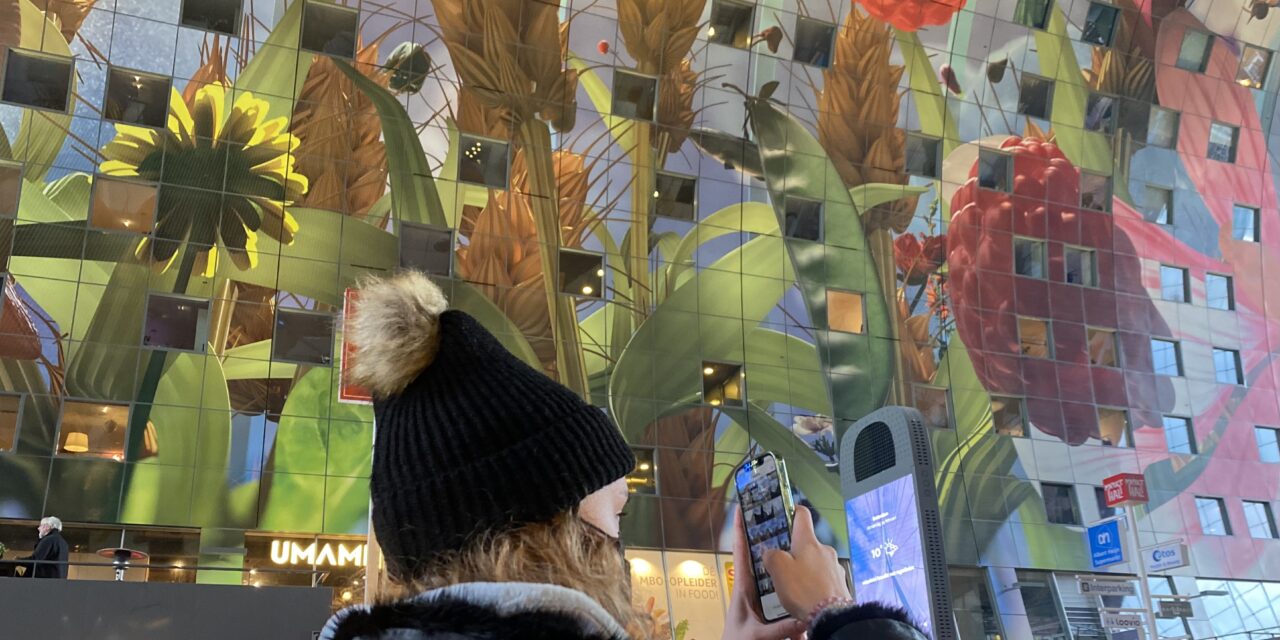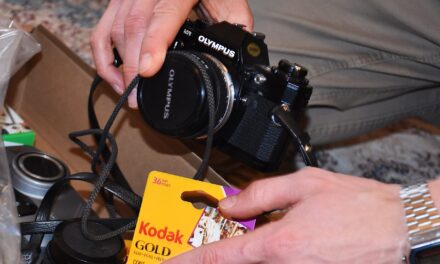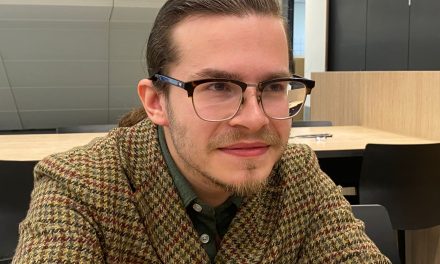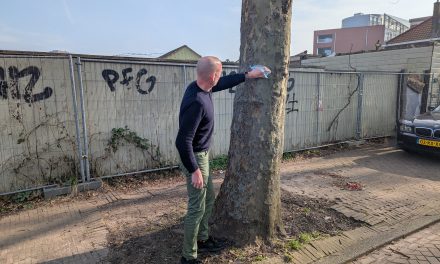Streetfood can be defined as a particular form of identifying the cultural and gastronomic offer of a city, or even of a country. What is more, food is often used as a means of retaining our cultural identities, as people also connect to their ethnic group through food patterns, But what happens when the typical dishes from different countries are gathered in the same place, in a country with the historical background of the Netherlands?
The result is the Rotterdam MarktHal, the first covered market of the Netherlands and one of the new icons of the city. Situated at the historical center of the city and with a diverse offer of regional and international products, the MarketHal has become a must-stop for a huge quantity of tourists. Filled with almost a hundred different nationalities and food stands, this huge building is often seen as a symbol of multiculturalism and diversity.
But in a country like the Netherlands, where it is usually quite difficult for outsiders to see which is the dutch identity, especially when it comes to food, a place like the MarketHal makes it even harder to highlight the country’s cultural identity through the food. This also happens due to geographical reasons, as the country is divided into small regions where it is more difficult to tell the difference between dishes and people keep moving around and interacting from one city to another. After a stroll through this huge market, one immediately notices how few local people visit it, which also demonstrates the capacity of the MarktHal to appeal to an international audience, but not to the people tha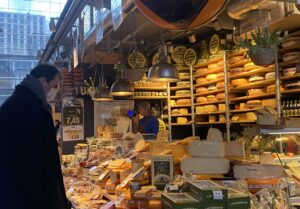 t habit the city.
t habit the city.
Still, even though food is an important part of each country’s identity, there are more elements that compose it. According to the lecturer in Philosophy, Politics and Economics Merve Burnazoglu, collective identity is not a steady concept, but a more volatile one. In that sense, she argues that identity can also be about being open, which is actually a quality that characterizes dutch society. So that integrating different cultures in the same place, as the MarktHal does, can show openness and a capacity of adjusting to new situations and cultures, which according to Burnazoulu, is also a part of a country’s identity.
As acceptance and diversity can be a good quality for a nation’s identity, Burnazoglu makes a point when clarifying that when treating other cultures with respect and without making an appropriation of them. In the past few years we have experienced a boom of international food restaurants, specially asiatic food ones. So, there is no surprise of having an interest in exploiting this kind of business model and wanting to make a profit of it. This can also be seen in the Netherlands, also in the MarketHal. According to Burnazoglu, it is also important that the way that these dishes are presented is genuine, without treating each culture’s food disrespectfully and adjusting dishes for economic reasons.
Should the MarktHal be seen as a way of erasing the dutch cultural identity? It shouldn’t, but for next visits it would be recommendable to think if the different food cultures that are been treated respectfully and without changing them.
